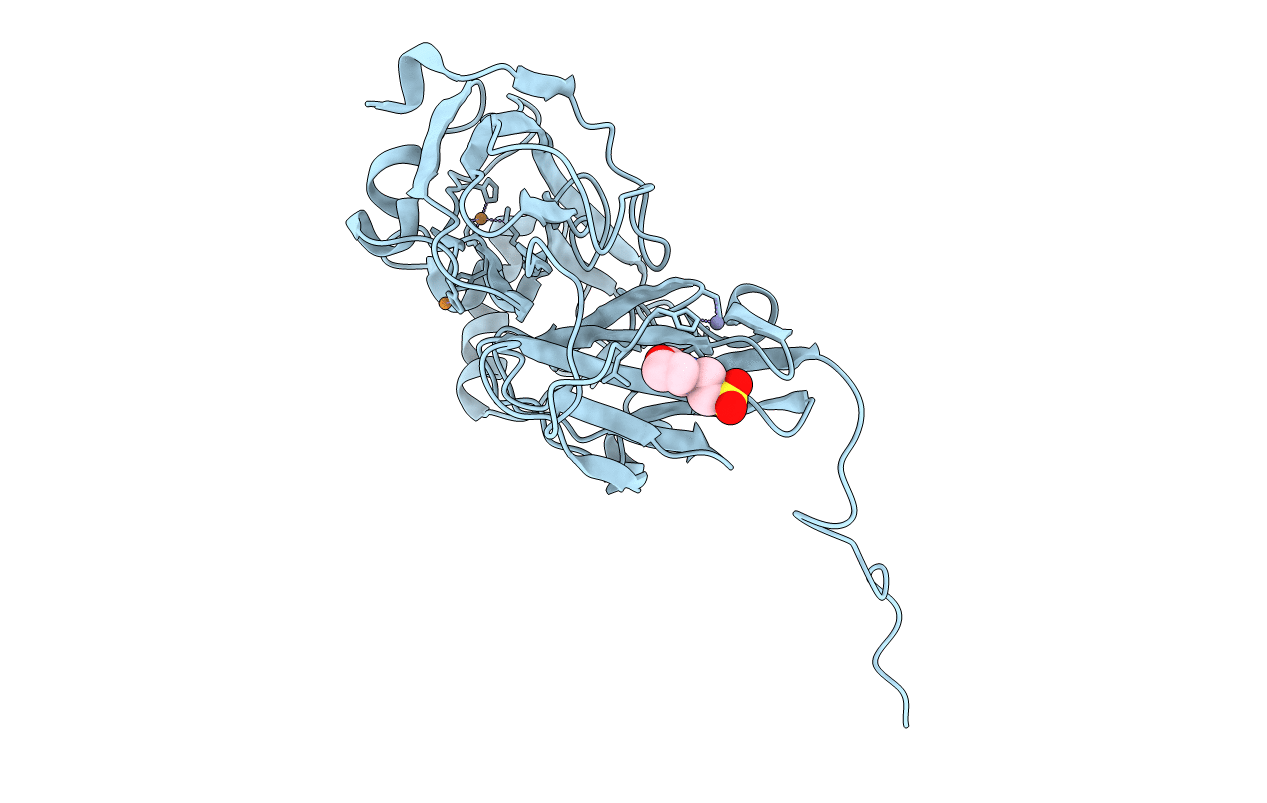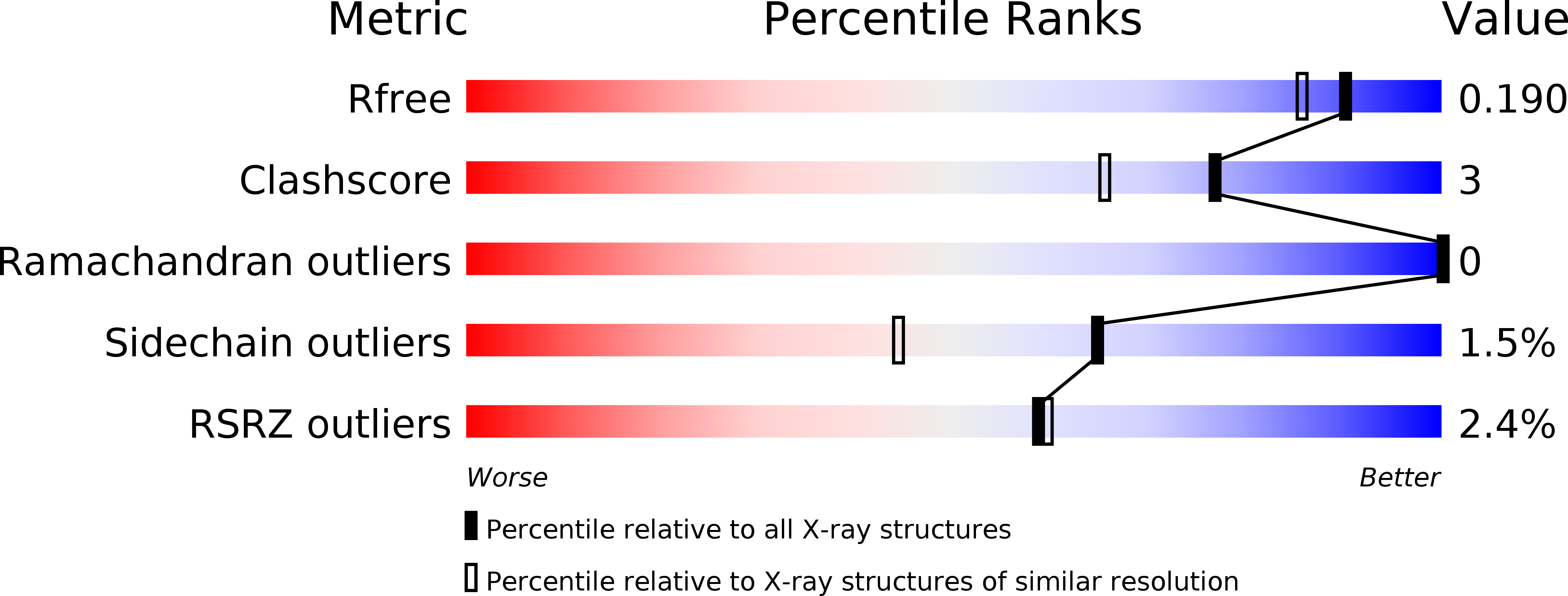
Deposition Date
2004-10-22
Release Date
2005-01-04
Last Version Date
2023-12-13
Entry Detail
PDB ID:
1WA1
Keywords:
Title:
Crystal Structure Of H313Q Mutant Of Alcaligenes Xylosoxidans Nitrite Reductase
Biological Source:
Source Organism:
ALCALIGENES XYLOSOXIDANS (Taxon ID: 85698)
Host Organism:
Method Details:
Experimental Method:
Resolution:
1.65 Å
R-Value Free:
0.19
R-Value Work:
0.16
R-Value Observed:
0.16
Space Group:
H 3


